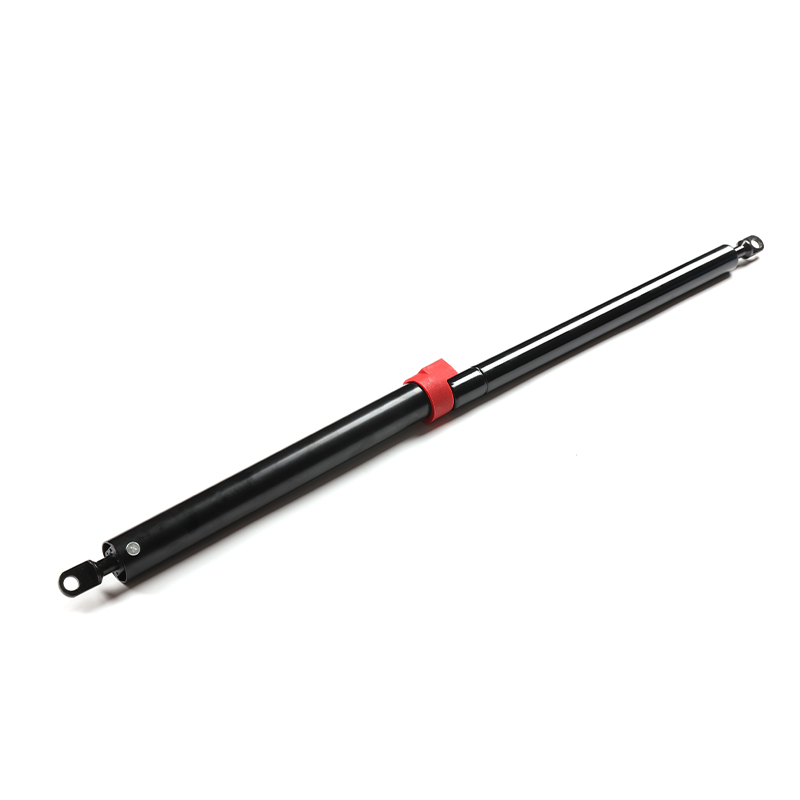Installing
marine gas struts on boats involves several steps to ensure proper functionality, safety, and durability. Here's a general overview of the installation process:
Determine Mounting Locations: Identify the locations on the boat where the gas struts will be installed. This typically involves assessing the intended application and ensuring that the mounting locations can support the weight and size of the gas struts and the components they will be assisting.
Select Gas Struts: Choose gas struts with appropriate specifications for the application, including the correct size, load capacity, and stroke length. Ensure that the gas struts are suitable for the marine environment, with corrosion-resistant materials and seals to withstand exposure to saltwater and other harsh conditions.
Prepare Mounting Surfaces: Clean and prepare the mounting surfaces where the brackets or mounting hardware will be installed. Ensure that the surfaces are flat, smooth, and free of any debris or contaminants that could affect the adhesion or stability of the mounting hardware.
Install Mounting Brackets: Attach the mounting brackets to the mounting surfaces using appropriate fasteners, such as screws, bolts, or rivets. Follow the manufacturer's recommendations for spacing, alignment, and torque specifications to ensure secure attachment.
Attach Gas Struts: With the mounting brackets in place, attach the gas struts to the brackets using the provided mounting hardware (typically ball studs or eyelet connectors). Ensure that the gas struts are oriented correctly and securely fastened to the brackets to prevent movement or detachment during operation.
Adjustment and Alignment: Once the gas struts are installed, check their alignment and adjust as necessary to ensure smooth operation and proper function. Verify that the gas struts are correctly positioned and aligned with the components they will be assisting, such as hatches, compartments, or seating.
Test Operation: Test the operation of the gas struts to ensure that they function correctly and provide the desired level of assistance. Open and close the associated components several times to verify smooth operation and adequate support from the gas struts.
Final Checks and Adjustments: Conduct a final inspection of the installation to check for any loose or improperly secured components. Make any necessary adjustments or corrections to ensure that the gas struts are installed correctly and safely.
By following these steps, marine gas struts can be effectively installed on boats to provide assistance and support for various components, enhancing convenience, functionality, and safety onboard. It's essential to follow manufacturer guidelines and recommendations throughout the installation process to ensure optimal performance and durability.
